Pamiri Culture
Pamir culture
Pamir is like another entity inside Tajikistan and Pamiris have their own culture, national music, and even their own language. The Pamiri people also known as the Pamirian or Mountain Tajiks and are composed of seven ethnic groups of the former Tajik Soviet Central Asia such as Shughni, Rushan, Wakhi, Ishkoshimi, Yazgulami, and some others populating the vast mountainous area in eastern Tajikistan called the Pamir.
The Pamiri people have a rich oral tradition, including stories, proverbs, and poems passed down from generation to generation. They have a strong connection to the land and their communities and place a high value on hospitality and respect for elders. Pamir culture will be very well experienced during one of our Pamir Tours or Central Asia Tours.
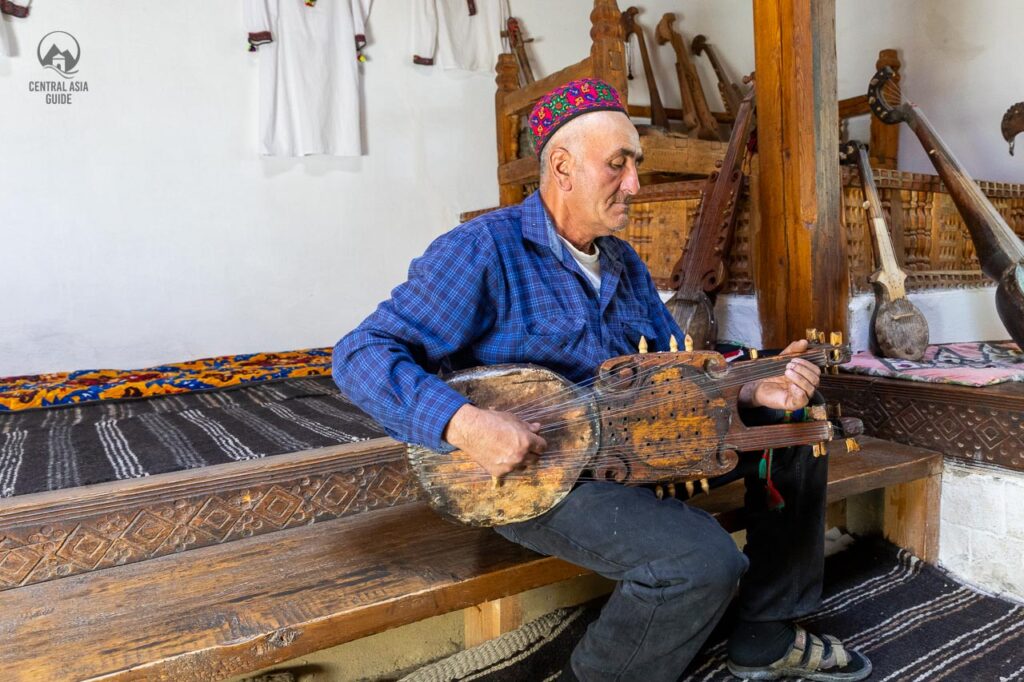
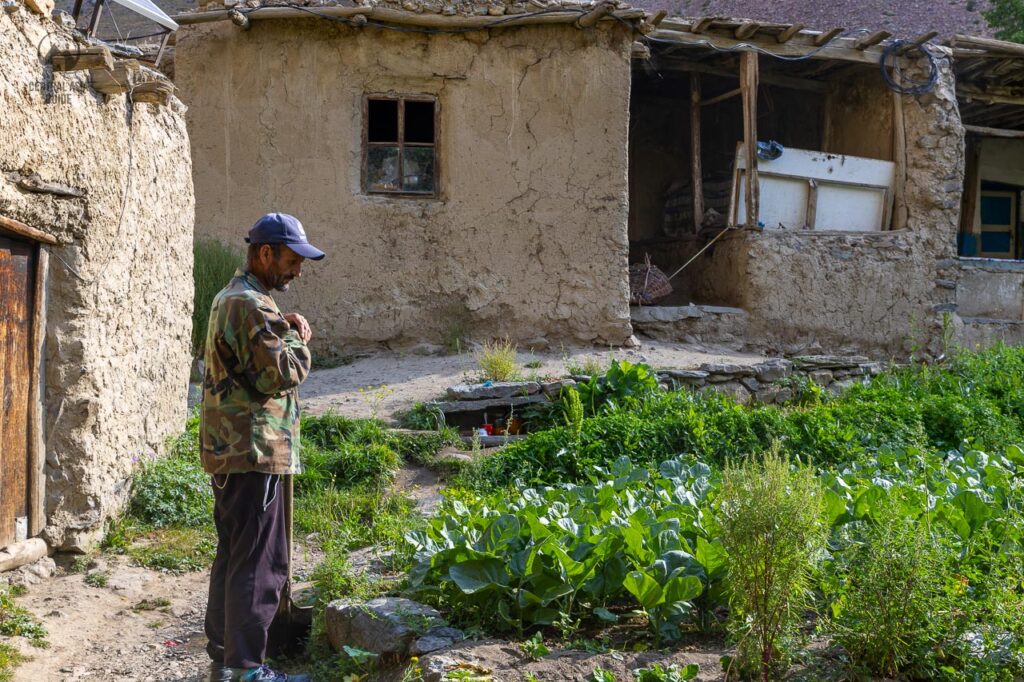
Despite the Pamiri people’s rich cultural heritage, they have faced challenges in recent decades, including political and economic instability in the region, limited access to education and job opportunities, and language marginalization. Efforts are underway to preserve and promote the Pamiri culture and language, and to improve the living conditions of the Pamiri people but the current government does not wish to invest in developing the livelyhood of Pamiri people and has also forced foreign operators to cancel the development aid projects in the area, including the Aga Khan foundation.
History of Pamiri people
The history of Pamir is closely link to the history of the Tajiks of Afghanistan and Tajikistan with some unique features. There is a belief that the Pamiris are descendants of Alexander the Great from his 4th century BC invasions into the remote and inaccessible Pamir mountain valleys. Some Pamiris have compelling European features for people living in that remote areas of Central Asia. Pamiris themselves also believe that their origin is in Persia and that they have moved to Pamir due to their different religion.
In 1904 Russia had annexed the Pamiri lands from the Emir of Bukhara. After three years of continuous struggle, the Pamiri lands were brought under Soviet rule and in 1925 this area was appointed as the Special Pamir Province. Few months later, the Pamir area was given a new label as a the Mountainous Badakhshan Autonomous Province which became later a part to the Tajik Soviet Socialist Republic, created in 1929. From 1992 to 1997, independent Tajikistan was wrecked by civil war. From the late 1990s till today, Pamiris have benefited from international aid and the living conditions have improved in many parts of the mountainous area even in the smaller villages but lately the Tajik state has forced to halt most of the foreign funded development aid projects.
Culture of Pamiri people
Pamiri Language
In Tajik Badakhshan, Ismailism plays a vital role in uniting the population of this area, who speak a variety of different languages, amongst which languages of the Eastern Iranian Pamir language group stand out. The languages of the Shughni-Rushani group, alongside Wakhi, are the most widely spoken Pamir languages of this area. Persian in its Tajik form (Tajik Persian) is the first language of some of the Badakhshanis, and a second language for most of them, as it is the official language of Tajikistan, the language of education and the lingua franca of old. And as part of Soviet heritage Russian is widely spoken. Moreover, as a result of the present economic situation, which has led to a steady increase of Badakhshani migrant workers in Russia today.
Ismailism
Although Central Asian Muslims are predominantly followers of Sunni Islam, Pamirians are a community of Ismaili Shiite Muslims. The Central Asian Ismailis, Pamiri or Badakhshani, belong to the Nizari branch of Ismailism and are followers of the Aga Khan, the 49th Nizari Imam. Their religion and view of the world is less traditional compared to other branches of Islam in Central Asia.
The difference can be seen with the tradition of allowing one wife per man, considering women as equal with men and no any rules for concealing the head or face of women outside although women sometimes do this for practical reasons outside for example when wind carries dust or to protect from the sun. The Pamiris do not have mosques in the Pamir but only shrines that amend a lot from the Zoroastrianism. There is a mosque in Murghab but the inhabitants of Murghab are ethnically Kyrgyz.
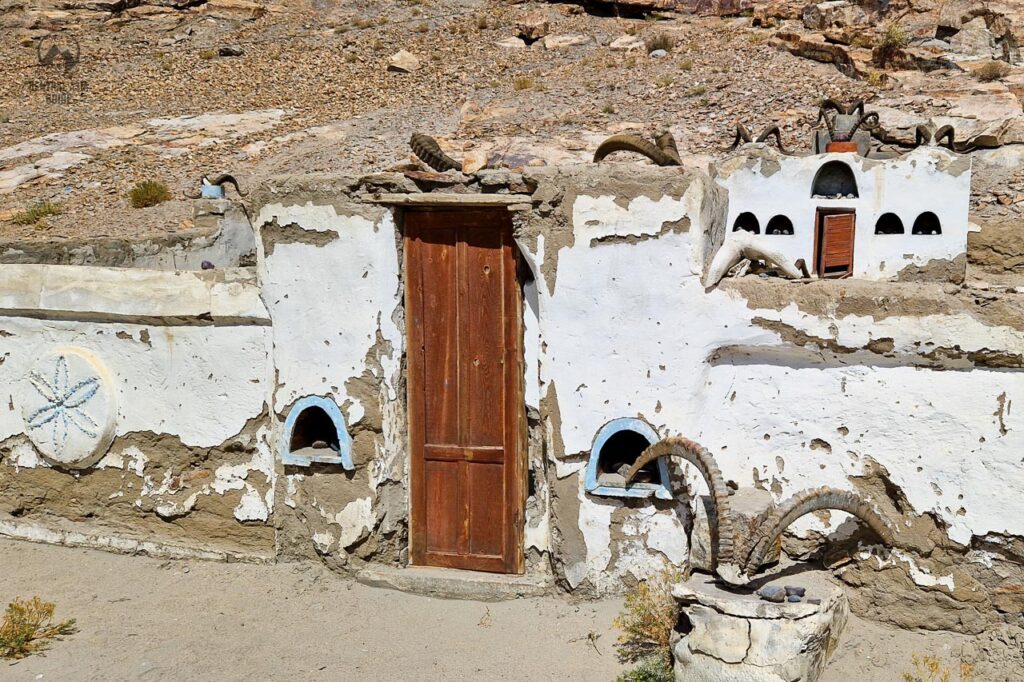

Pamiri House
Traditional Pamiri houses are entirely unique style houses called “Chid” and layered with angled square roots. This profoundly symbolic exclusive design dates back more than 2500 years. The symbolism of each architectural feature would initially have been filled with embodies elements of ancient Aryan philosophy, mainly Zoroastrianism but they are now more associated with elements of Ismaili Islam. The house is the symbol of the universe and also the place of private prayer and worships for the Pamiri Ismaili people. Chid houses also serve as a mosque in Pamir, where they live, pray, give birth, and grow their kids.
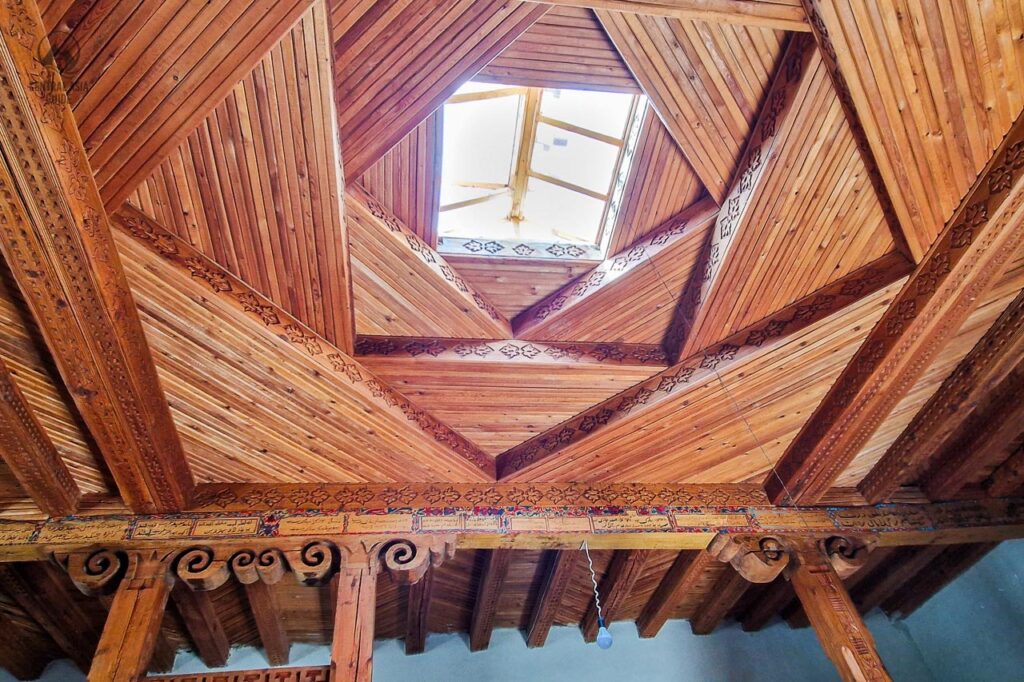
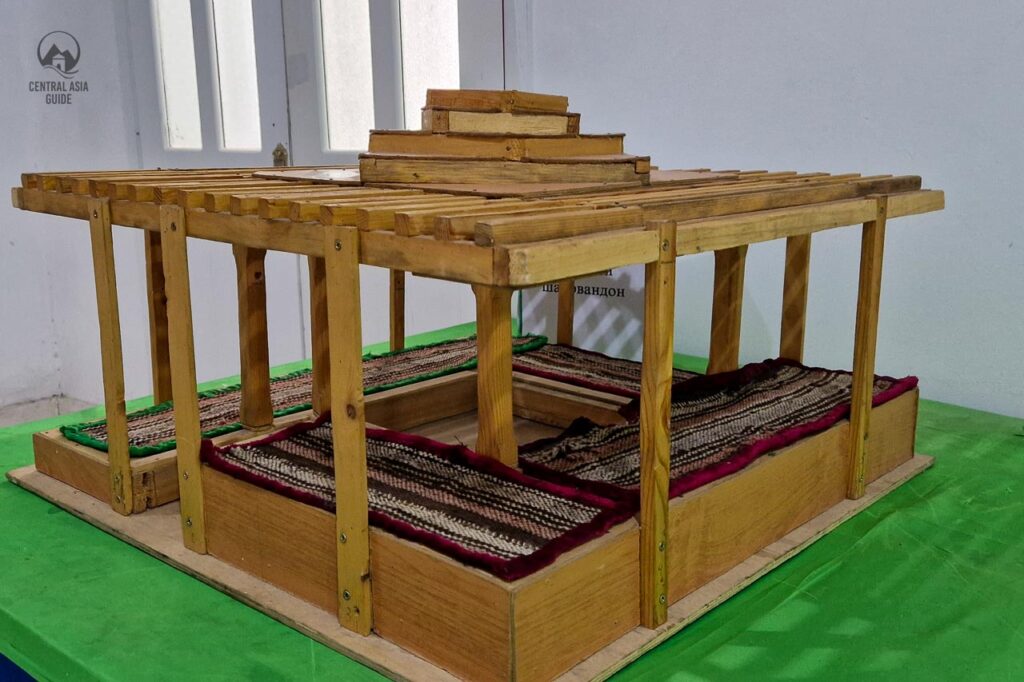
The Pamiri houses were and are still built of stones and plaster, with a flat roof on which they dry hay, apricots, mulberries and other fruits. The structure of the house resembles a big square room lit by a skylight through a hole in the center of the room (nowadays with openable glass windows) comprised of four concentric wooden squares: each square represents an element with the highest square (the one first touched by the rays of the morning sun) is associated with fire. The roof is also supported by four wooden columns and the rays of light touching the different parts of the room tell also the time of the day. When the light touches the kitchen part of the house it is time for lunch and when the last light of the day points towards the sleeping area, it is time to sleep.

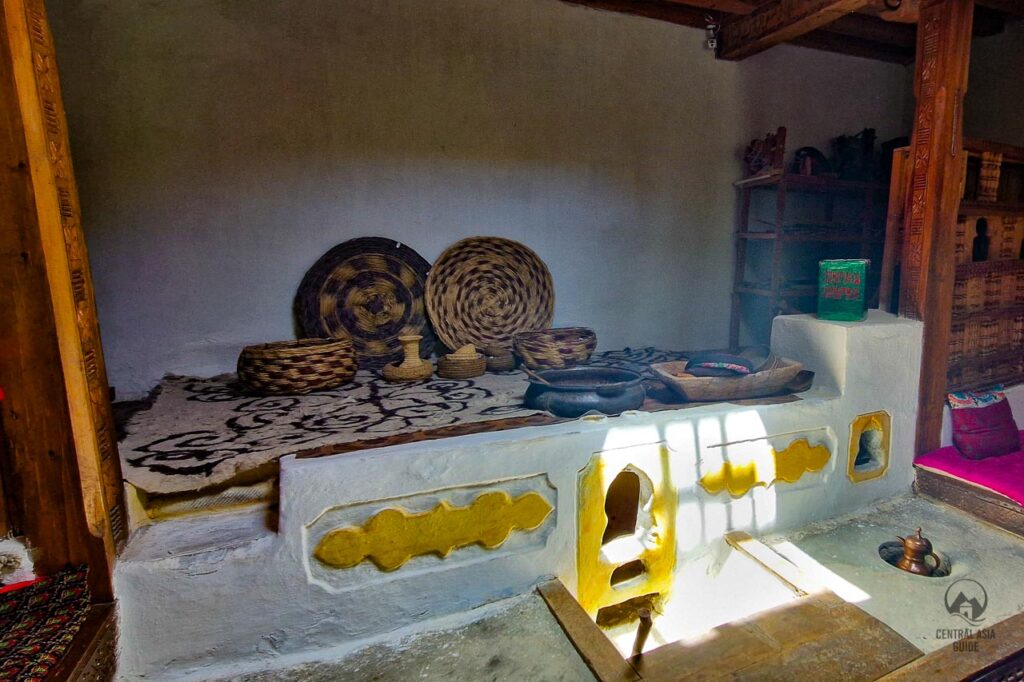
Pamiri Ceremonies
Pamiri Holidays
As in other cultures of Central Asia, one of the major holidays Pamirians celebrate is the Novruz, the vernal equinox. Novruz holiday takes place March 21st, the beginning of the Persian new year. Similarly to the the other Central Asian countries, Novruz is celebrated with music, dances, and a great deal of feasting. People typically wear very colorful clothes on this day, or show the possible new clothes.
The foods served contain the first vegetables or greens, as “First Furrow” marks the beginning of the planting season. People also address the saint of farming, known as Bobo-m-Dekhtona (“Grandpa Farmer”). A public feast is held, and people celebrate the origins of irrigation. Another public holiday marks the time in early summer when women take flocks out to the high pastures to feed on the green grass and mountain herbs.
Pamiri Music and Dance
Music and dance in the Pamirs are inseparably linked with Ismaili Islam and the Pamiri people love music and dance. The performances of both vocal and instrumental genres are intended as acts of tenderness, and many songs are linked with specific rituals or prayers. A strong singing voice is prized, and both men and women will sing solo or as part of a group. Melancholic songs in minor keys describe feelings of separation and loss, while the Persian ghazal genre explores the highs and lows of being in love.
Pamiri music, which is characterized by the use of traditional instruments like the rubab (lute) and daf (frame drum), is an important part of their cultural heritage and is performed at weddings, festivals, and other celebrations. The traditional Pamiri architectural style, which includes the use of mud and stone to construct homes, is also unique to the region.
Page updated: 5.11.2024